Summit for Arizona Trails,
Comet Tsuchinshan-ATLAS, Barnard Objects
Posted: 30 October 2024
On Thursday, 24 April 2024, I drove to Cottonwood, Arizona, a DarkSky International "International Dark Sky Community". I had been invited to be a guest speaker at the "Summit for Arizona Trails", 25-26 October. They asked me to talk about the econonic benefits of protecting and honoring Dark Skies in Arizona. They also asked me to give a Night Sky Talk for the Summit Reception at Dead Horse Ranch State Park on Friday night, 25 October.

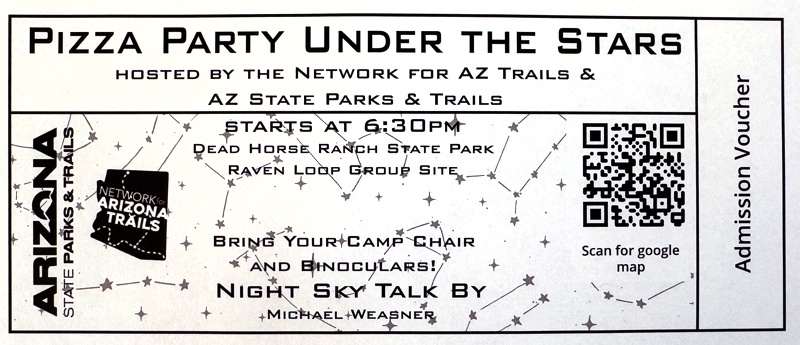
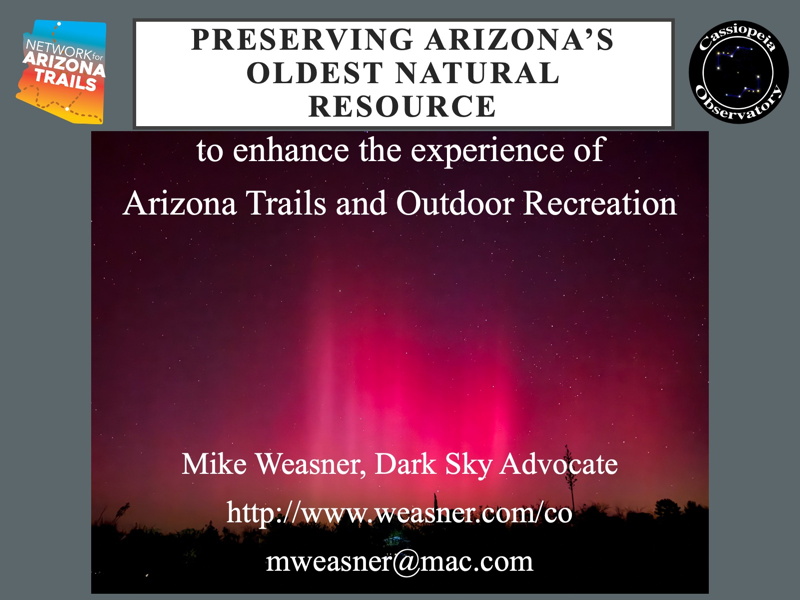
The Night Sky Talk and my Dark Skies discussion, although it was significantly abbreviated due to time constraints and Windows computer problems, were well received by the Network for Arizona Trails members, which included many Federal and Arizona State, County, and City government agencies. I returned home Saturday evening, 26 October.
Sunday, 27 October, was cloudy. Monday, 28 October, began clear but was cloudy at night. The sky cleared on Tuesday, 29 October.
|
Open: Tuesday, 29 October 2024, 1806 MST Temperature: 69°F |
Session: 2026 Conditions: Clear |
Equipment:
12" f/8 LX600 w/StarLock
2" 24mm UWA eyepiece
Focal reducer
12x50 binoculars
Camera:
iPhone 15 Pro Max
D850 DSLR
I first prepared the D850 DSLR for imaging.
1817 MST: LX600 ON, StarLock OFF, High Precision OFF.
Viewed the planet Venus, 102X.
Viewed Comet Tsuchinshan-ATLAS (C/2023 A3), 102X. The comet's coma was visible, but no tail was visible.
Mounted the D850 DSLR at prime focus + focal reducer, focused on the star Altair, and locked the 12" telescope primary mirror.
1834 MST: Comet Tsuchinshan-ATLAS was visible, 12x50 binoculars. A nice faint tail was seen in the binoculars.
1847 MST: Although not visible to the naked eye, the comet is visible in this handheld iPhone 15 Pro Max photo of the Milky Way and the Summer Triangle (the stars Altair, Deneb, and Vega). Taken with the Camera app (Night Mode, 10 seconds, 1X lens).
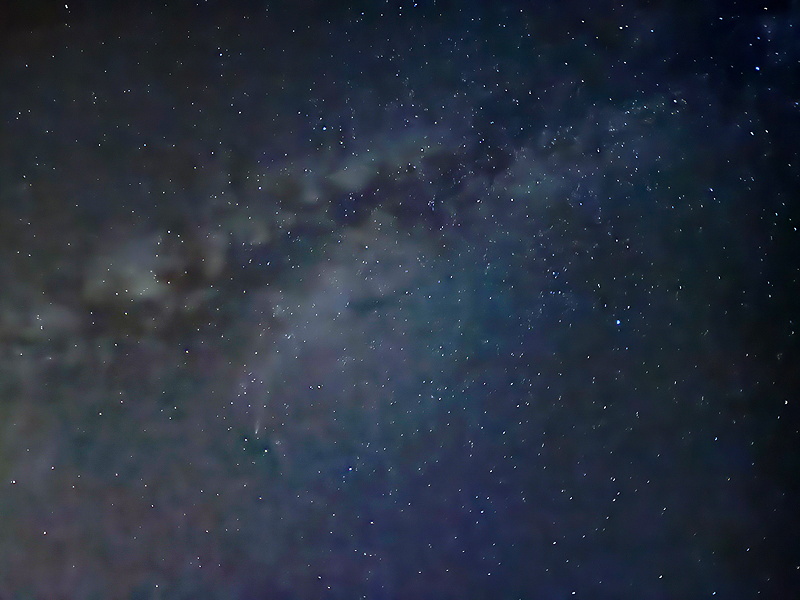
Mouseover or tap on image for labels
1850 MST: StarLock ON.
Took this image of Comet Tsuchinshan-ATLAS, D850 DSLR, prime focus + focal reducer, 30 seconds, ISO 3200.
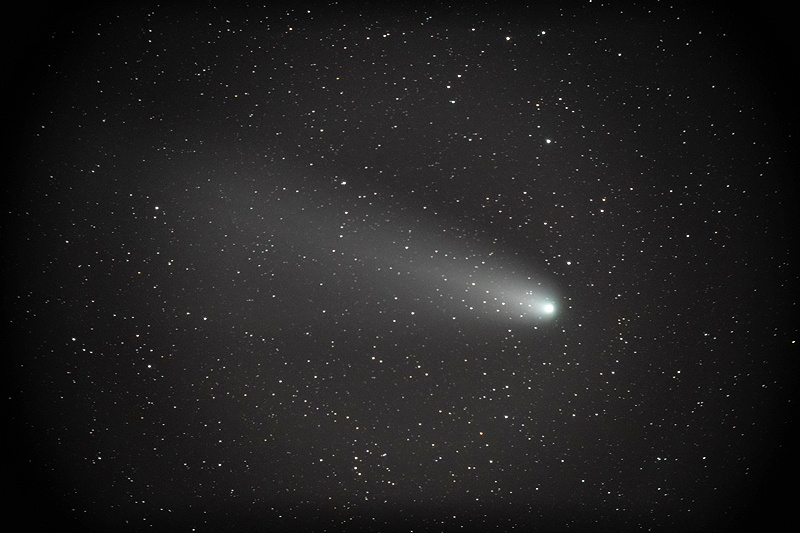
1853 MST: High Precision ON.
Imaged the following Barnard Objects (dark nebulae), prime focus + reducer, StarLock autoguided, 30 seconds, ISO 6400.
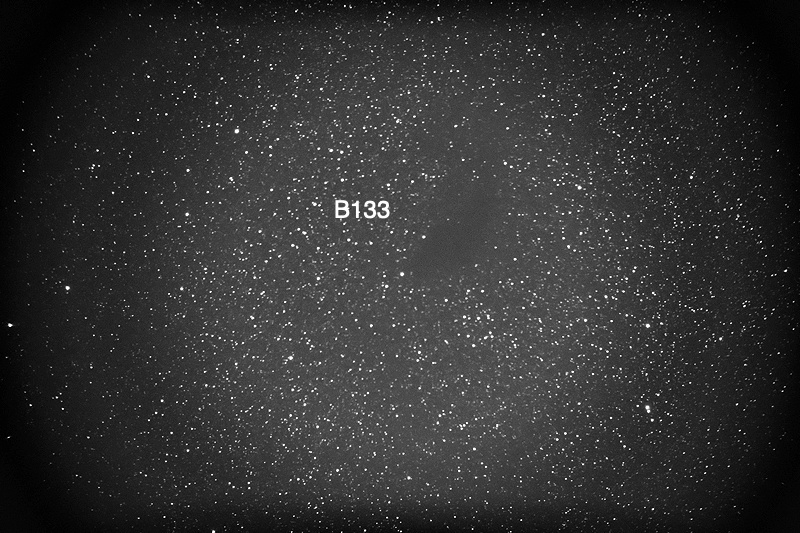
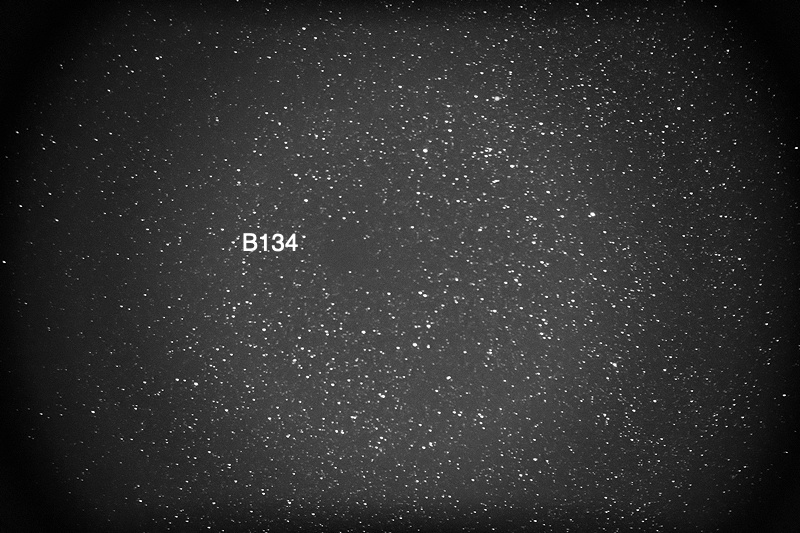
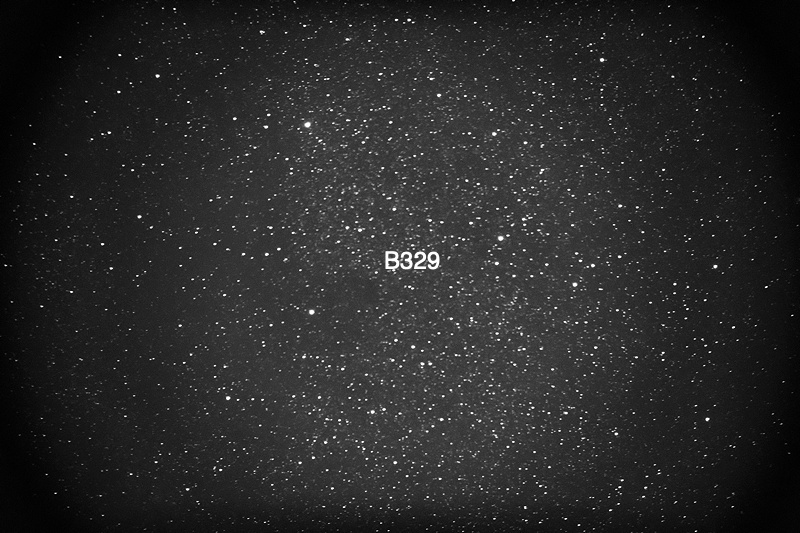
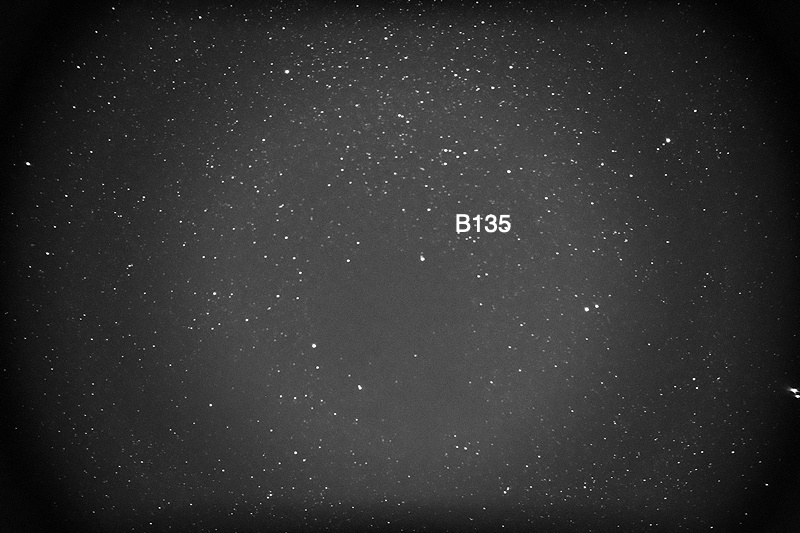
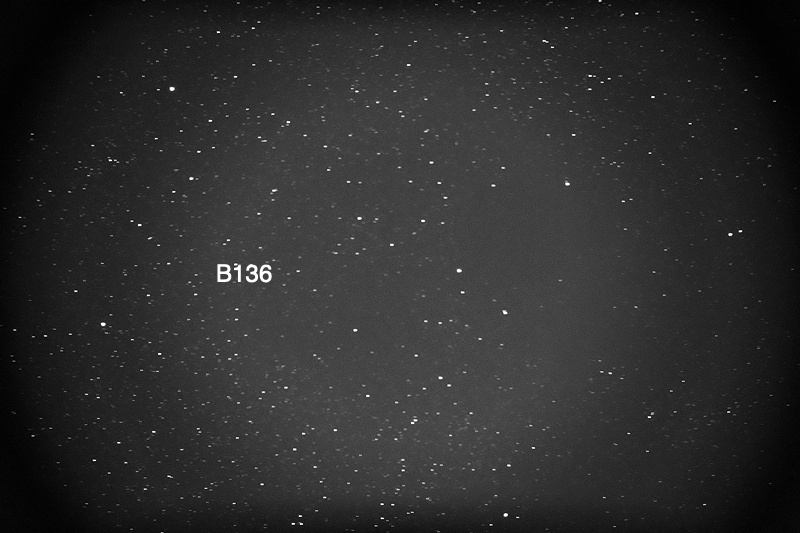
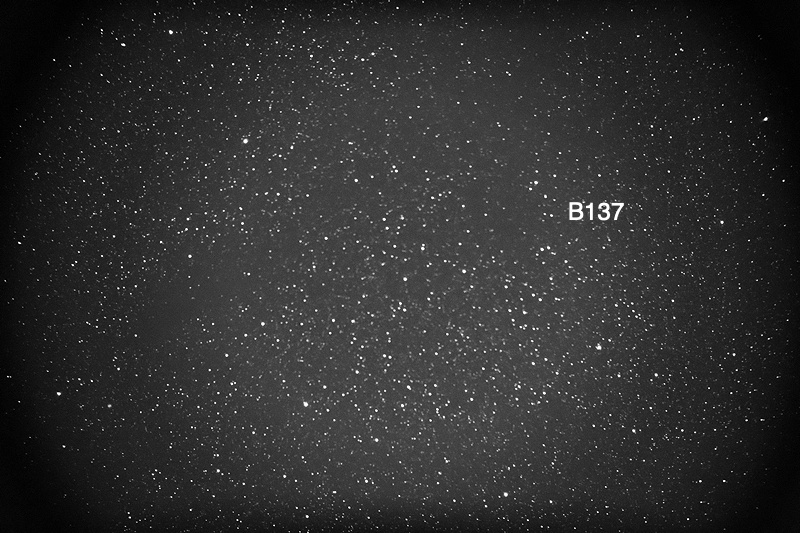
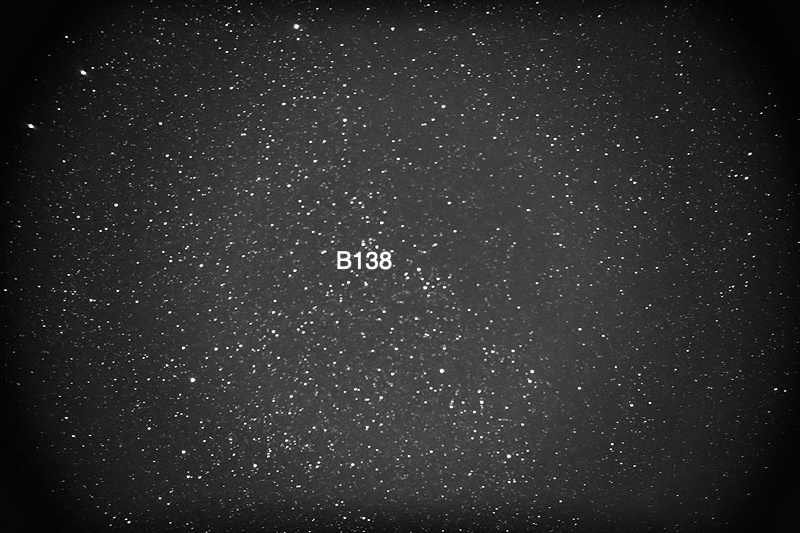
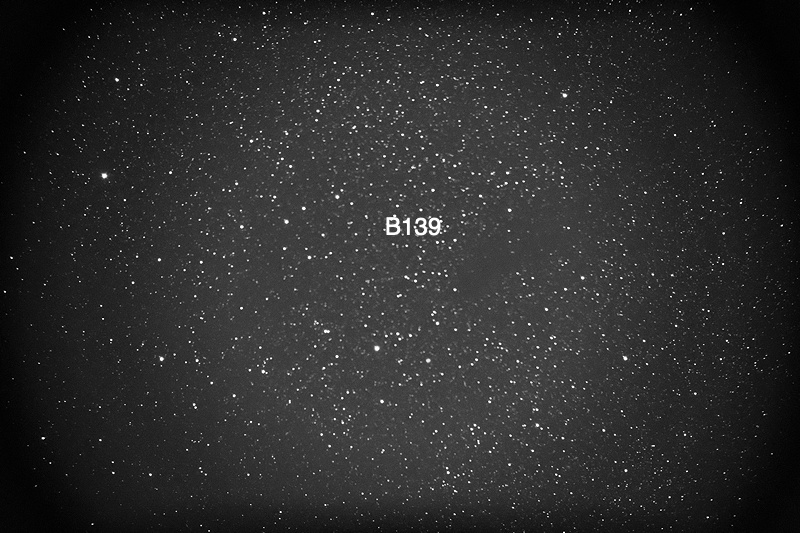
1926 MST: StarLock OFF.
Observed, or tried to, the following Barnard Objects (dark nebulae), 102X: B140, B330, B141, B189, B189a, B331, B332, B333, and B334. Here is the status of my Barnard Objects Project.
![]()
Viewed the planet Saturn, 102X.
1955 MST: LX600 OFF.
2003 MST: For some reason (haze?) the sky had become significantly brighter than it had been an hour earlier. I took a Sky Quality reading and reported the measurement to Globe at Night.
|
Close: Tuesday, 29 October 2024, 2008 MST Temperature: 52°F |
Session Length: 2h 02m Conditions: Clear, SQM 20.73 |
Comments are welcome using Email. Please read the Email Etiquette guidance.
Cassiopeia Observatory Home Page
Copyright ©2024 Michael L. Weasner / mweasner@mac.com.
URL = http://www.weasner.com/co/Reports/2024/10/30/index.html
